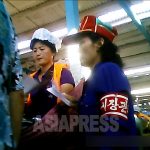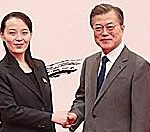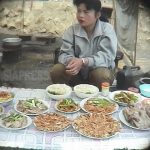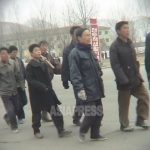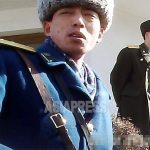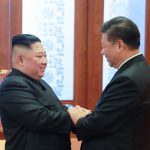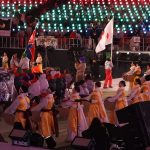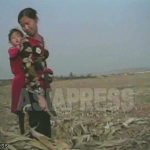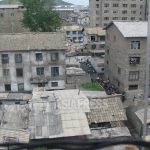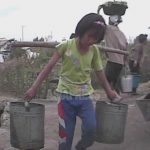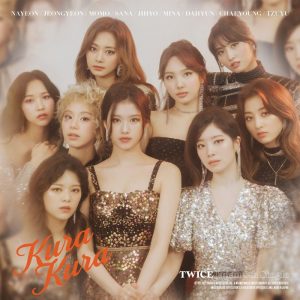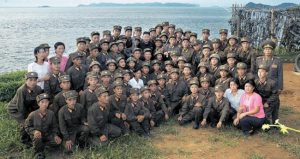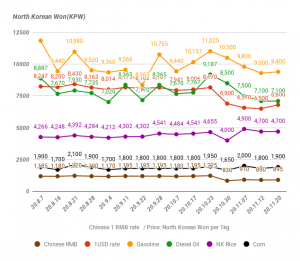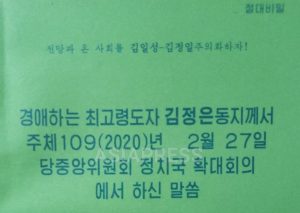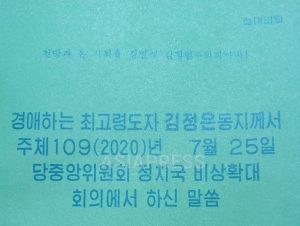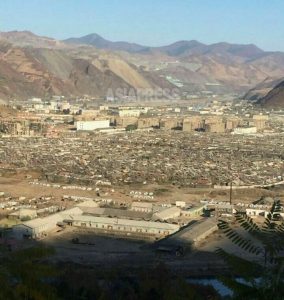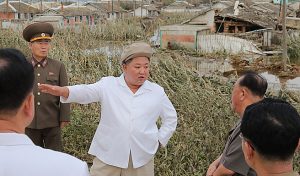◆ Additional explanation about price index
Kim Jong-il regime suddenly executed a currency reform on November 2009. New currency was devalued to one hundredths from the old. It is a well known fact that big commotion occurred in the course of currency exchange as they imposed limits on amount and time span for exchange.
It was determined that the real price should be the same as the official one at the time. North Korean government released their policy that the official price should be based on the level that had been decided by ‘July 1. measure of economy management improvement.’ It seems that they gave a guiding price of 44 Won/kg for rice at market; ‘depending on region, price of 25 Won was determined,’ said other sources. Official wages remained unchanged while they devalued the new currency by one hundredths.
Related article: <Price of Rice in North Korea Soars as Rural Dwellers Prepare for Winter>
The price of staple foods, ‘rice,’ and ‘corn,’ at the market became 15-40 Won in the new currency on December 2009, followed by the currency reform. The above table was drawn around that time. North Korea experienced hyper inflation for several years due to the currency reform. Price index showed more than 100 times hike. Exchange rate between North Korean Won and Chinese RMB went down continuously.
However, the hike has slowed down from the spring of 2013. From July 2014, at its peak, price started declining. Exchange rate between the two currencies was stabilized. The reason might be due to the inflow of foreign currency through increased export to China, but, too many unexplainable factors leave further research in other cover.
Related article: <North Korea Market Survey Reveals Basic Food Price Hike>
Economic sanction and the prices of goods...
